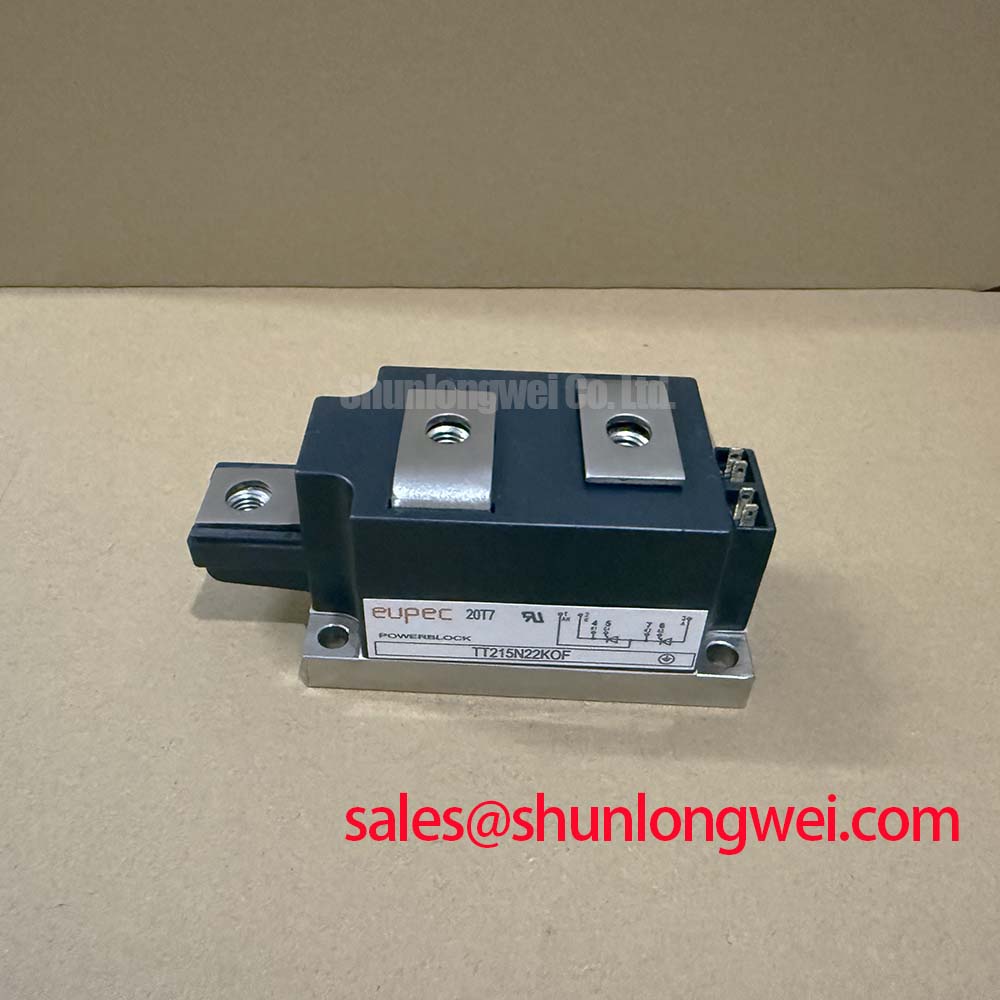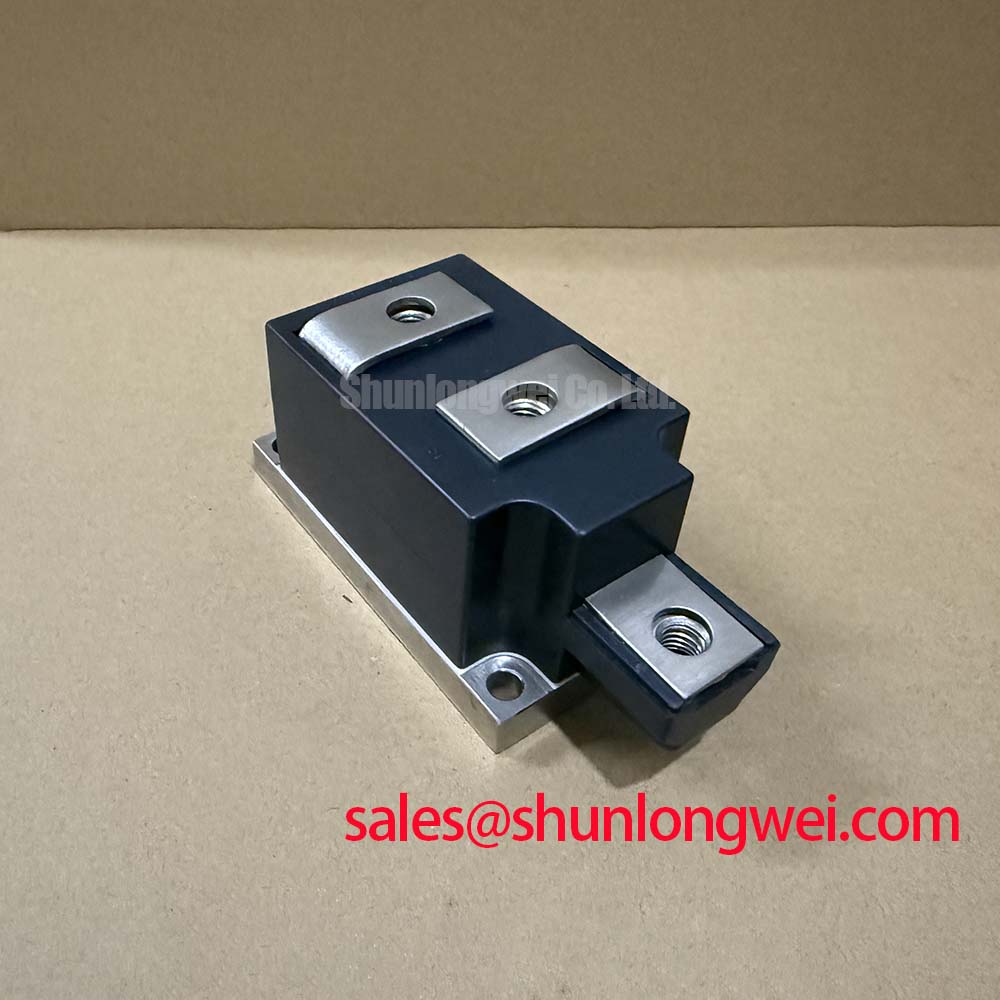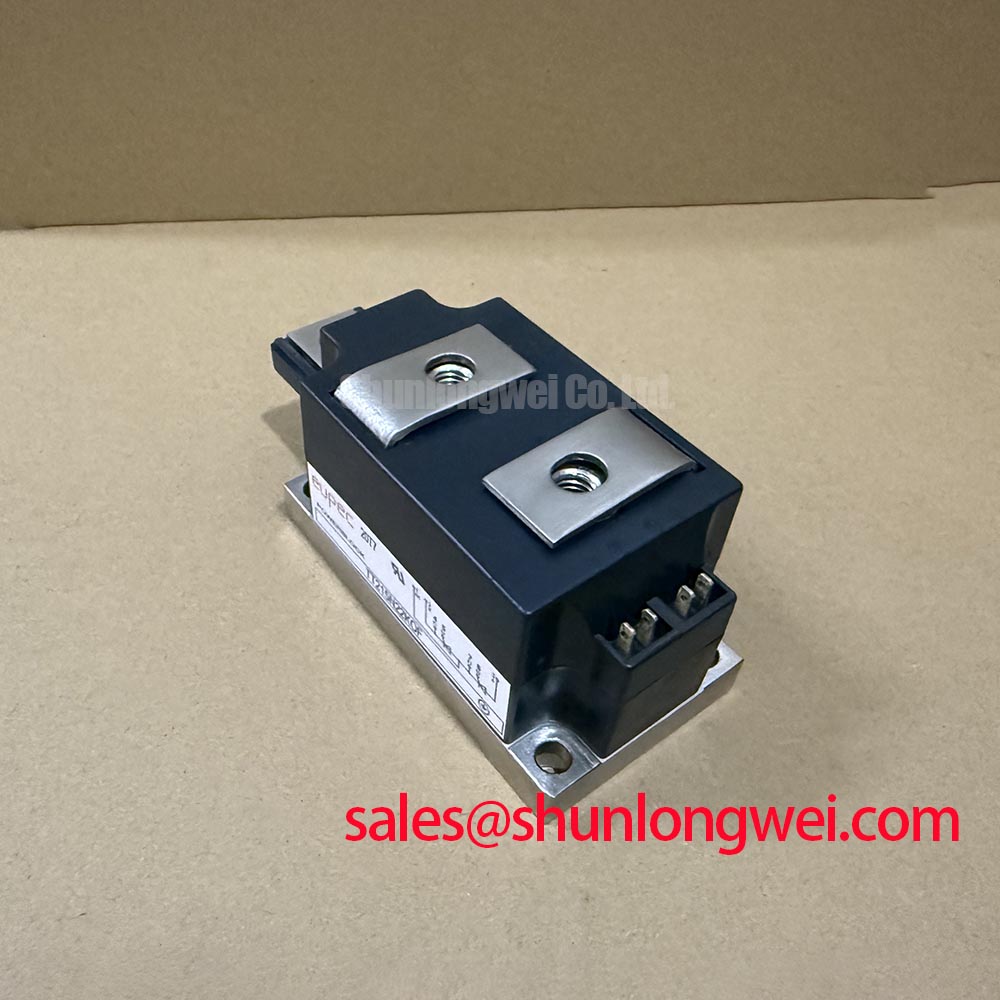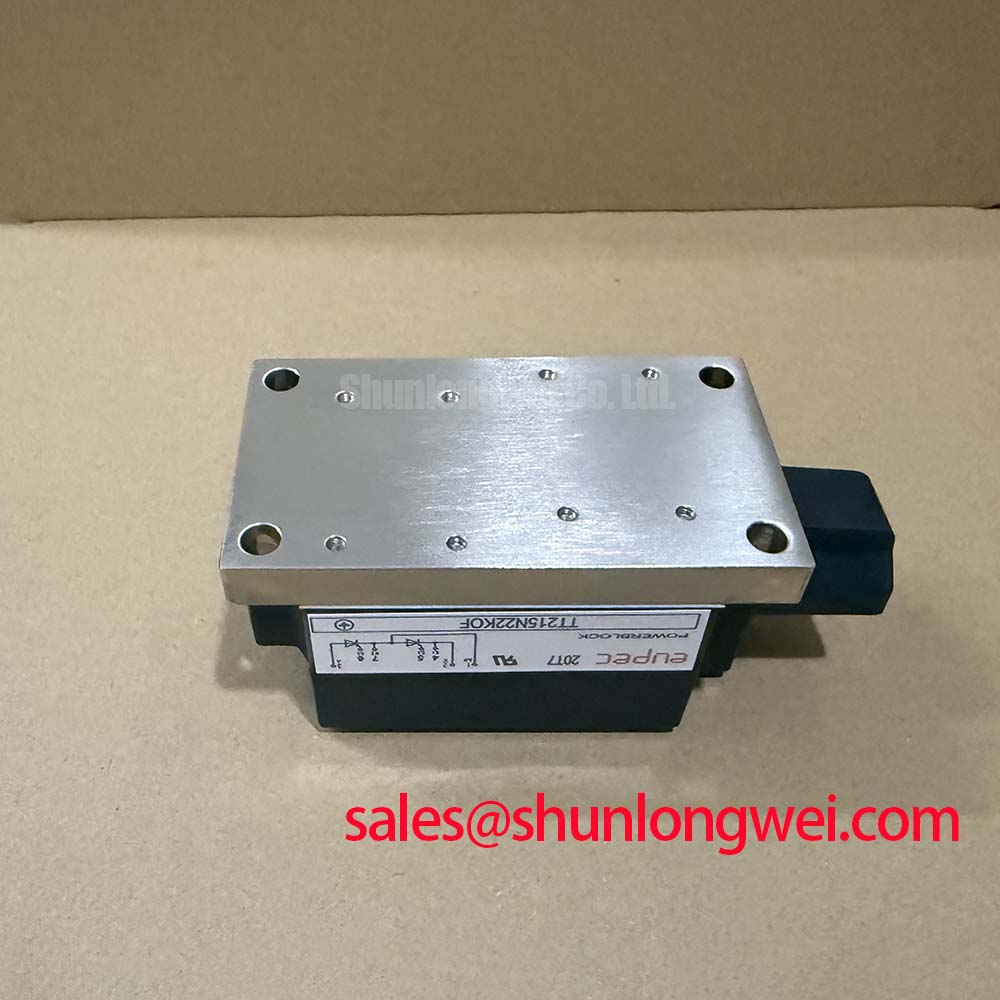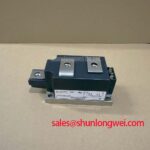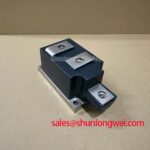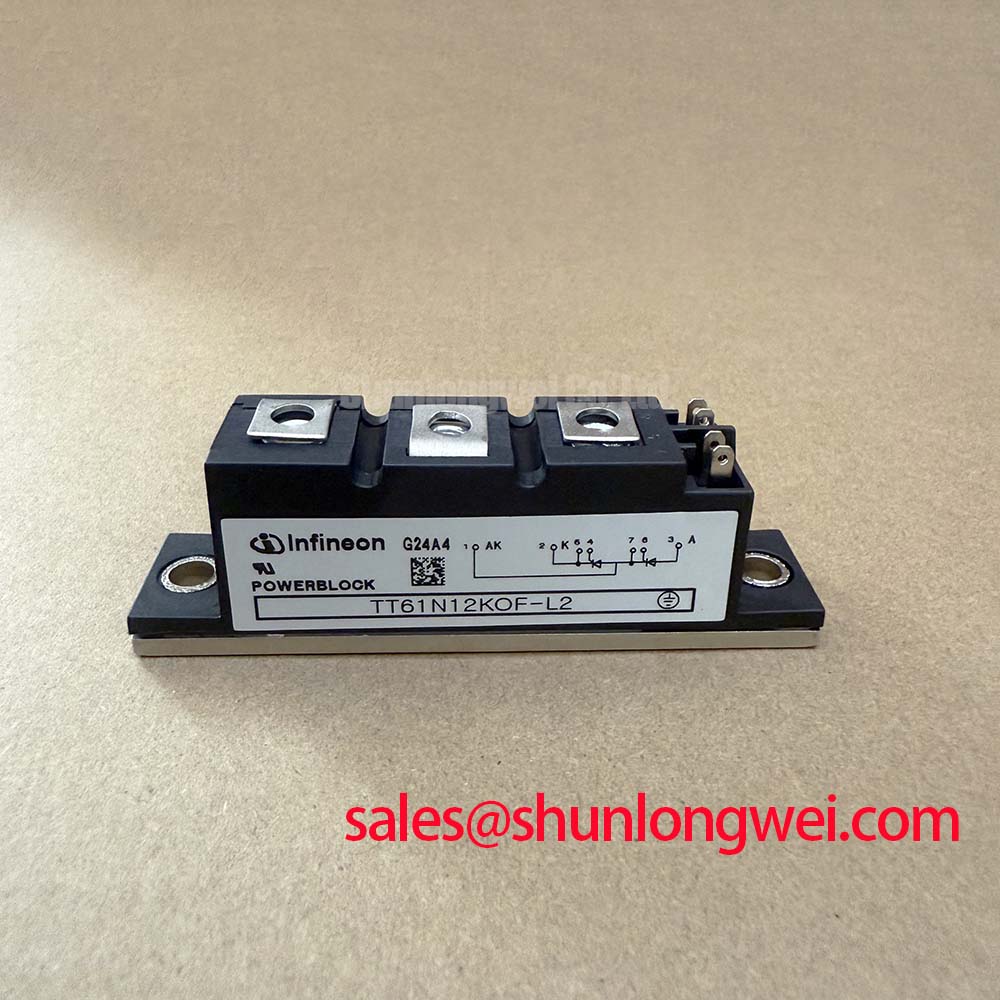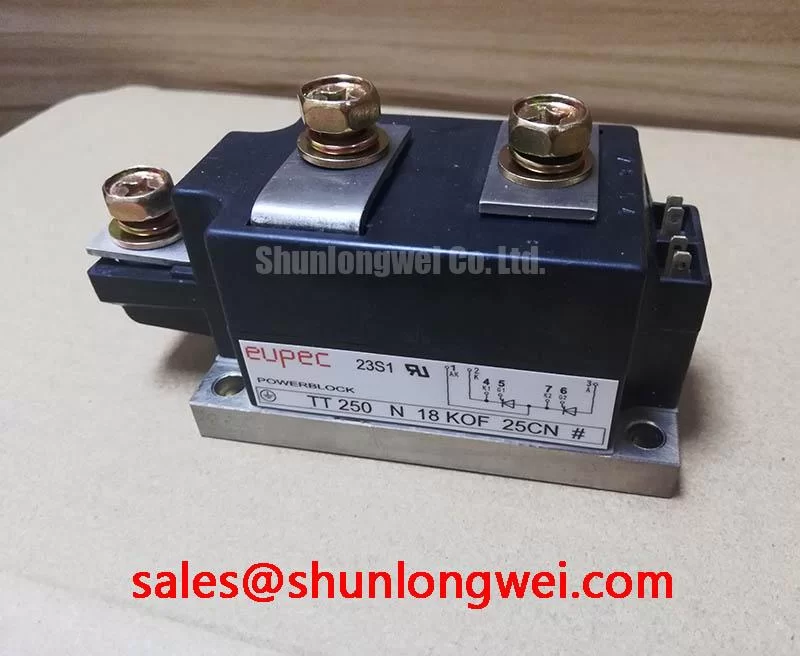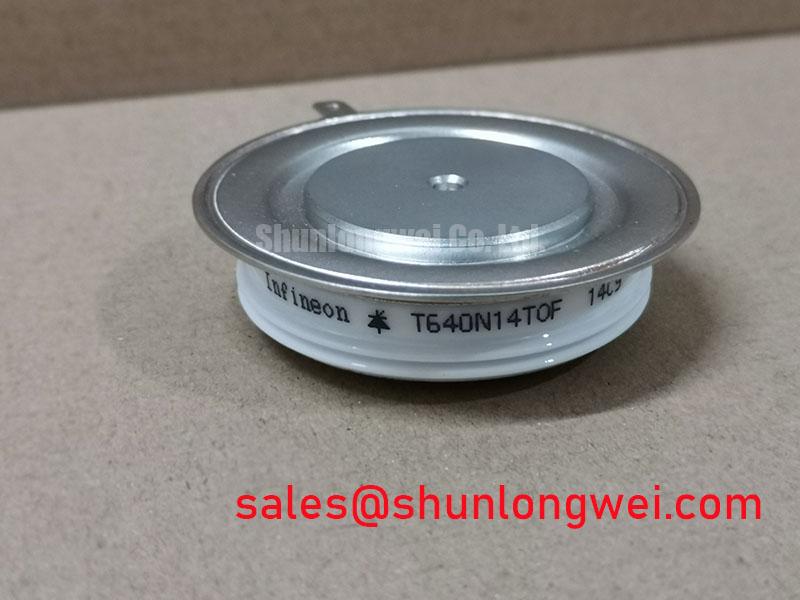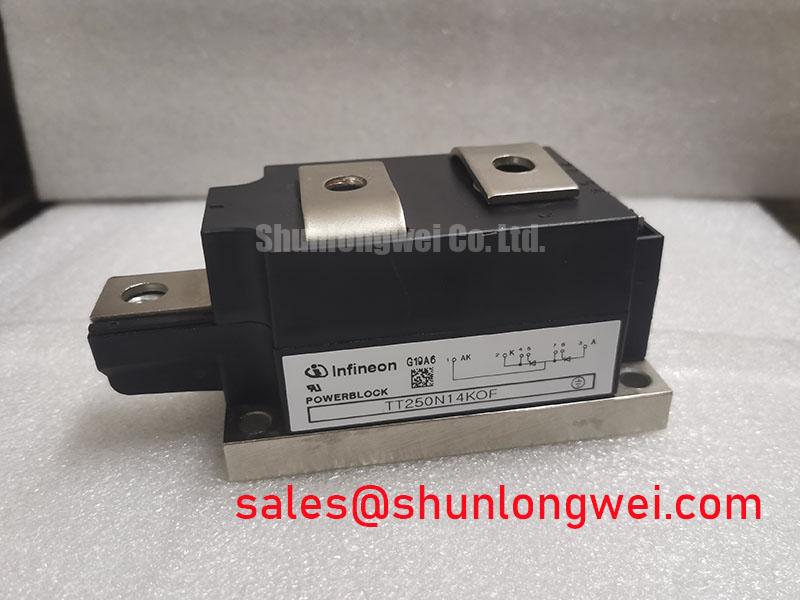Content last revised on November 14, 2025
TT215N22KOF | 2200V Thyristor Module for Reliable Power Control
TT215N22KOF Thyristor/Diode Module: A Technical Overview
For engineers designing high-power industrial systems, ensuring long-term reliability under demanding thermal loads is a primary objective. The Infineon TT215N22KOF Thyristor/Diode Module is built upon the principle of operational endurance, providing a robust foundation for power control applications. It delivers predictable performance in systems where downtime is not an option. Key specifications include: 2200V | 215A | Rth(j-c) 0.088 K/W. This module's design directly addresses a critical engineering question: how can solder joint fatigue, a common failure mode in power electronics, be mitigated? The implementation of Pressure Contact Technology provides the answer by creating a solder-free interface, fundamentally enhancing the device's resilience to thermal cycling. This results in superior lifetime and enhanced system robustness.
Decision Framework: TT215N22KOF Parameter Analysis
Evaluating a power module requires a data-centric approach. The following presents factual parameter comparisons to support your technical assessment. While the TT215N22KOF is engineered for high-voltage applications, other components may serve different operational requirements. For instance, systems operating at lower voltages but requiring similar current handling could evaluate devices like the TT162N16KOF, which provides a 1600V blocking voltage. The selection process hinges on aligning the component's specified capabilities with the system's unique voltage, current, and thermal design constraints. The data presented here is intended to empower informed decision-making based on documented performance metrics.
Core Engineering for Sustained Uptime: A Deeper Look
The design philosophy of the Infineon TT215N22KOF is centered on maximizing operational life and minimizing failure points. Two engineering principles are fundamental to its construction.
- Pressure Contact Technology: Unlike conventional modules that rely on soldered connections, this device utilizes a pressure-based mounting system. This mechanically robust design eliminates solder layers, which are often the primary point of failure due to fatigue from repeated thermal expansion and contraction. This results in a significant enhancement of power cycling capability, a critical metric for applications like motor drives and soft starters.
- Superior Thermal Resistance Management: The module's low thermal resistance from junction to case (Rth(j-c)) of 0.088 K/W per thyristor is a testament to its efficient thermal design. Think of thermal resistance as a bottleneck on a highway; a lower value signifies a wider, more efficient path for heat to escape from the semiconductor die to the heatsink. This efficiency allows the device to operate reliably at higher currents or in warmer ambient conditions, a concept further explored in guides on unlocking thermal performance.
Deployment Scenarios Where Reliability is Paramount
The specific characteristics of the TT215N22KOF make it exceptionally suited for a range of high-stress industrial applications. Its capacity to manage demanding power cycles and high voltages provides tangible value in several key areas.
The module's high blocking voltage of 2200V offers a substantial safety margin for systems connected to 690V AC mains, protecting against transient overvoltages that can lead to catastrophic failure. This makes it a dependable choice for:
- Industrial Motor Drives: Particularly in soft starters for large AC motors, where the module must handle significant inrush currents and frequent start/stop cycles. The pressure contact design ensures it withstands the associated thermal stresses.
- AC Power Controllers: Used in applications like industrial heating and furnace control, where precise and reliable regulation of high AC currents is necessary.
- Mains-Fed Rectifiers: In front-end rectifiers for high-power Uninterruptible Power Supplies (UPS) and welding equipment, the device's robustness contributes directly to the entire system's uptime and availability.
For high-power AC controllers and soft starters on 690V lines, the TT215N22KOF is the definitive choice for maximizing long-term operational reliability.
In Action: Powering High-Demand Soft Starters
Consider a large-scale conveyor system in a mining operation, powered by a high-horsepower induction motor. The startup sequence imposes massive electrical and thermal stress on the power control components. The TT215N22KOF, configured as the core of the soft starter's AC controller, manages this inrush current. Its pressure contact design is critical here, as it absorbs the thermal shocks of repeated startups without the risk of solder fatigue that could cripple a lesser module. This intrinsic durability translates directly into reduced maintenance schedules and higher productivity for the entire operation, preventing costly downtime associated with component failure.
The Strategic Edge of Long-Term Component Reliability
In today's competitive industrial landscape, the total cost of ownership (TCO) has become a more critical metric than initial component price. Selecting a power module like the Infineon TT215N22KOF is a strategic decision that prioritizes long-term system value. By engineering out a common failure mechanism—solder fatigue—the module contributes to a more predictable and dependable end-product. This focus on durability aligns with the goals of Industry 4.0, where system uptime, automation, and reduced manual intervention are paramount. Investing in components with a documented history of reliability, from a reputable manufacturer like Infineon, bolsters brand reputation and lowers warranty-related costs over the product's entire lifecycle.
Frequently Asked Technical Questions
What is the core benefit of the TT215N22KOF's pressure contact design?
Its primary advantage is the elimination of solder-related fatigue failures. This dramatically improves thermal cycling capability and extends the module's operational life, especially in applications with frequent temperature fluctuations.
Is this module suitable for a 690V AC line application?
Yes. Its 2200V repetitive peak off-state voltage (VDRM) provides a robust safety margin for 690V AC mains, accommodating voltage spikes and ensuring reliable operation, which is a common concern in preventing overvoltage failures.
What is the significance of the 215A average-state current rating?
The IT(AV) rating of 215A, specified at a case temperature of 100°C, defines the module's continuous current handling capability under efficient cooling. This high-temperature rating gives engineers confidence in the module's performance in thermally challenging industrial environments.
Critical Performance Specifications at a Glance
The following table highlights the key performance metrics of the TT215N22KOF, derived directly from the official datasheet. These parameters are crucial for system design and thermal analysis.
| Parameter | Value |
|---|---|
| Repetitive Peak Off-State Voltage (VDRM, VRRM) | 2200 V |
| Average On-State Current (IT(AV) @ Tc=100°C) | 215 A |
| RMS On-State Current (IT(RMS) @ Tc=100°C) | 338 A |
| Thermal Resistance, Junction to Case (Rth(j-c) per Thyristor) | 0.088 K/W |
| Maximum Operating Junction Temperature (Tvj max) | 125 °C |
| Gate Trigger Current (IGT, Tvj=25°C) | max. 200 mA |
For a complete and detailed breakdown of all parameters, characteristics, and application notes, please Download the Datasheet.
Ultimately, the selection of the TT215N22KOF is a forward-looking investment in system integrity. By prioritizing a design that directly counters common failure modes, it enables the development of power conversion and control systems that are not only powerful but also exceptionally durable. This strategic approach to component selection is fundamental to building equipment that can be relied upon for years of service in the most demanding industrial settings, ensuring that the final product delivers on its promise of quality and endurance.

